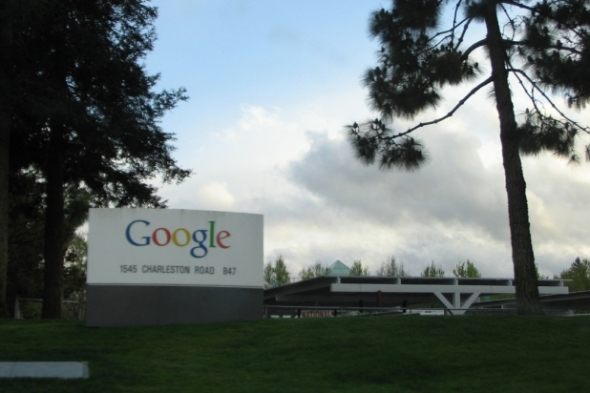Google has really ratcheted up its innovation momentum over the past two to three years by broadening its digital, mobile, and data presence and, in doing so, has raised the potential impact on the insurance industry.
Google continues to push forward, moving well beyond its platform for searches, marketing, and advertising and embedding its technology into the lives of every person, gathering new data to use in innovative ways.
In early 2011, Google acquired BeatThatQuote.com, a U.K. aggregator for auto insurance and, a year and half later, followed with the launch of a new auto insurance comparison site, Google Advisor. Then there are the developments coming out of Google[x] Labs, the R&D and innovation lab for groundbreaking projects.
The first of many head-turners affecting the insurance industry was Google Cars, the pioneer driverless car. The validity and momentum of driverless cars was underscored by three announcements at the recent North American International Auto Show. The first was the rapid development and introduction of driverless prototypes by traditional car manufacturers. The second was the state of California announcing the start of testing driverless cars on the roadways in 2014. The third was the creation by Google of the Open Automotive Alliance (OAA) to promote the use of “open standards of innovation,” urging standardization on the Android operating system in automotive technology and enabling automakers to use a “platform-centric” approach to help drive innovation, make cars safer and intuitive and create a great, reliable customer experience.
Also coming out of the Google[x] Labs last year were Google glasses as a “wearable device.” VSP, the nation’s biggest optical health insurance provider, just announced it would be offering subsidized frames and prescription lenses for Google glasses, making them available to the mass market within a year. Expanding on this concept, Google recently announced the development of “smart” contact lenses that can measure the glucose levels in a diabetic’s tears, making the monitoring of blood sugar levels possible in real time and far less invasive. The prototype contact lenses use tiny wireless chips and glucose sensors built into the lenses that measure blood sugar levels every second.
Finally, there is the announcement that Google is acquiring Nest Labs, a startup technology company that creates and sells “smart” thermostats and smoke alarms with sensors and Wi-Fi connections, helping to manage the heating and cooling of homes, while learning more about the home and users’ behaviors.
When the capabilities represented by these Google R&D announcements, alliances and acquisitions are combined with Google’s existing capabilities for information search and mapping technologies, a whole new set of opportunities and challenges emerges for insurers.
Google’s innovations are transforming it from its foundation as the premier search engine to achieving its vision of organizing the world’s information and making it universally accessible and useful. What makes this especially interesting is Google’s approach to three things. The first is data and technology. The second is location. The third is people. Put together, Google is organizing data, technology, and location around people, creating a new level of customer empowerment and customer-centricity unparalleled in any industry, let alone insurance. That is powerful!
This is why the implications for insurance are so great; this is an outside-in, customer-driven approach to innovation that is causing insurers to reimagine and reinvent a technology-enabled future. The new approach will affect all lines of business in insurance from P&C to life and health to every aspect of the enterprise … fundamentally changing the insurance value chain!
For those insurers operating with the long-standing approach of waiting to roll with the changes by taking a wait-and-see attitude, the pace of technology change puts that approach into serious question and creates risk. Instead of asking, “How can technology help run my business?” insurance leaders should be asking, “How can technology help reshape my business?”
The future is unfolding before our eyes. We must open them wide and embrace a future that reimagines and reinvents the business of insurance.





